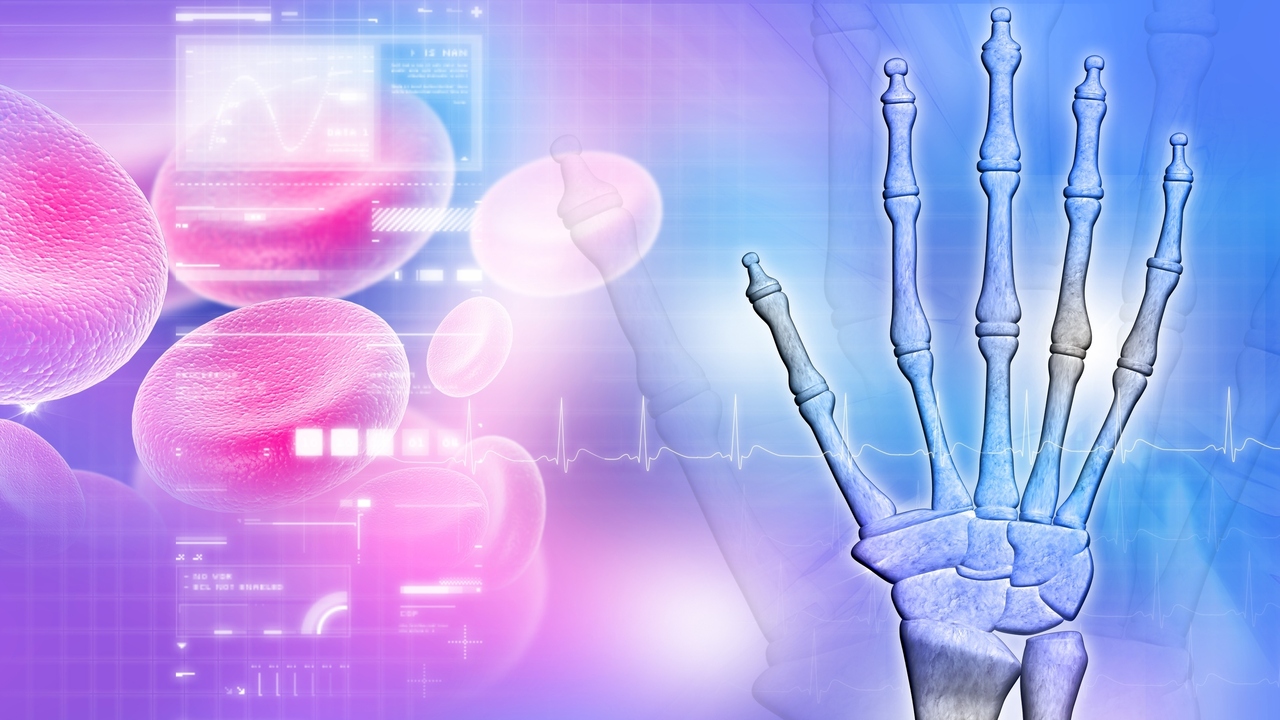 Divakaran Dileep/PhotoSpin
Divakaran Dileep/PhotoSpin
May is National Arthritis Awareness Month but those who suffer are aware much longer than a month. Some experience arthritis flares which suddenly go from minimal to extreme pain, while others experience dull aching all the time.
The most common arthritis is known as osteoarthritis whereas the most common autoimmune form is rheumatoid arthritis.
Here are 5 facts about arthritis that might surprise you.
1) Arthritis can affect any joint.
With time, gravity, and wear and tear, cartilage at the end of the bones gradually wears down, creating friction and inflammation that results in pain. This degenerative joint disease can irritate the hands and fingers just as easily as the hips, back and ankles. Oddly, the pain is not always symmetrical either.
2) Arthritis affects 1 in 5 people.
This is significant as arthritis is the nation’s most common reason for disability. As the disease progresses, it can cause significant deformity in the joints leading to the inability to fully use the fingers/hands or toes/feet. This ongoing deformity is often not correctable, and it leads to extreme pain and weakness.
3) 60 percent of people who develop arthritis are women.
There are several proposed reasons for this. For instance, women have less bone density than men, women tend to lose bone density with aging more than men, and the estrogen drop in menopause increases bone issues.
4) Ankylosing spondylitis is often misunderstood and misdiagnosed to be arthritis.
It is an inflammatory condition of the spine (spondylitis) that can lead to fusion of the vertebrae, causing pain and loss of mobility. It most commonly affects the lower back and pelvic bones, and is very genetic in nature.
The majority of people test positive for HLA-B27 however a positive result does not automatically correlate with a diagnosis. As a result it can take 8-11 years before a final diagnosis is made.
5) Treatment options are varied.
Depending on severity and location, autoimmune or not, treatments may be as simple as rest, anti-inflammatories, fish oil, and modifying movement. However, more severe cases could require steroids or surgery.
Whether or not the pain is from wear and tear or from autoimmune reasons, arthritis can really hinder the activities of daily living. If you are concerned about your arthritis or suspect that the pain in your joints could be arthritis-related, talk with your health care provider today.
Sources:
1) Centers for Disease Control and Prevention. (2015). Arthritis.
http://www.cdc.gov/arthritis
2) Centers for Disease Control and Prevention. (2014). Risk Factors.
http://www.cdc.gov/arthritis/basics/risk_factors.htm
3) Reveille, J. Biomarkers for diagnosis, monitoring of progression, and treatment responses in ankylosing spondylitis and axial spondyloarthritis. Clin Rheumatol. 2015 Jun;34(6):1009-18.
http://www.ncbi.nlm.nih.gov/pubmed/25939520
4) Roman-Blas, J., Castaneda, S., Largo, R., Herrero-Beaumont, G. (2009). Osteoarthritis associated with estrogen deficiency. Arthritis Res Ther. 11(5):241.
Reviewed May 29, 2015
by Michele Blacksberg RN
Edited by Jody Smith






Add a CommentComments
There are no comments yet. Be the first one and get the conversation started!